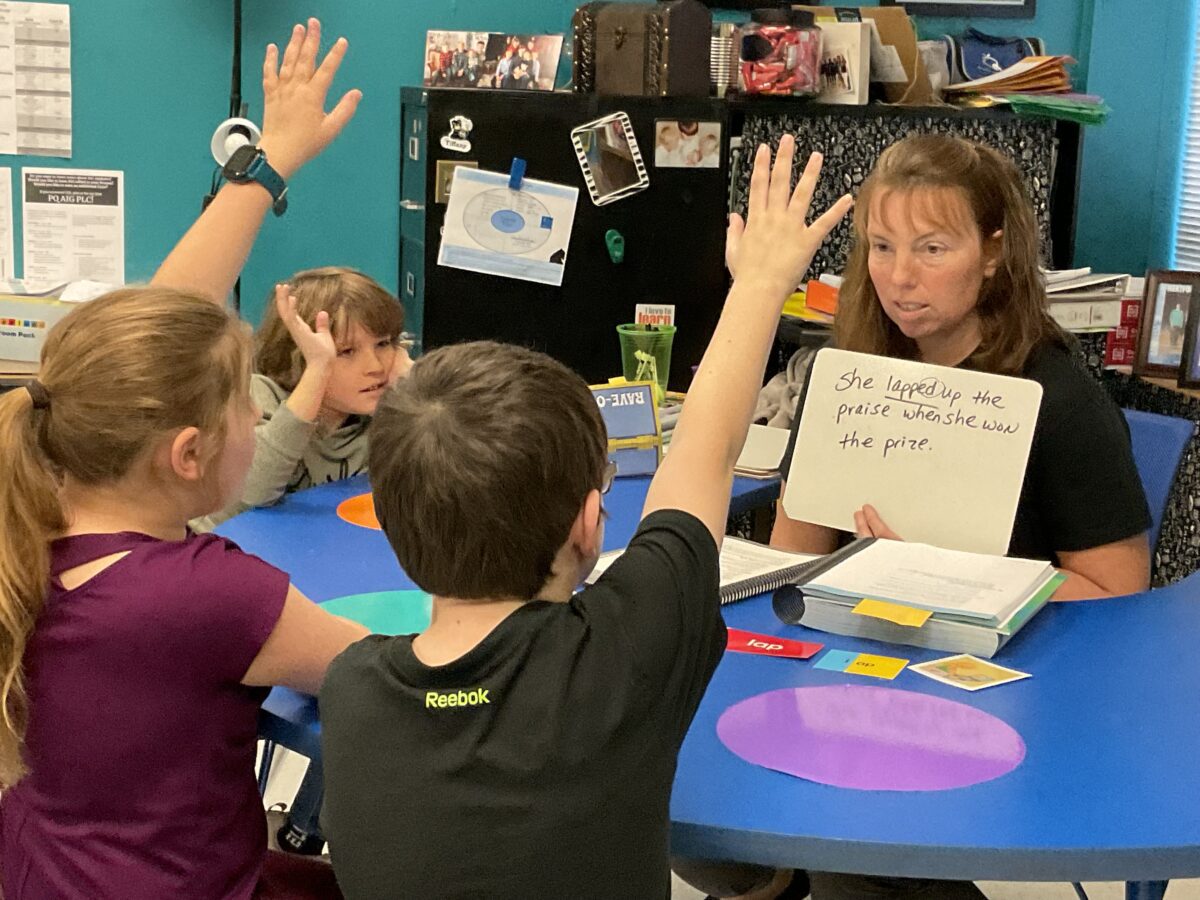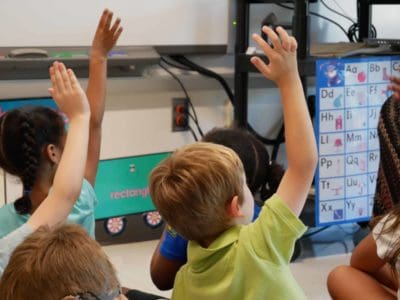
Editor’s Note: This article was published in K-12 Dive and is reposted here with permission.
Of the dozens of questions included in the 1908 West Virginia Teachers’ Examination, there are two that resonate most: “What do you understand to be the ultimate aim in the teaching of reading?” and “What should be the teacher’s preparation in this subject?”
These questions are no less relevant today than they were over a century ago, particularly as the 2022 National Assessment of Educational Progress scores revealed further declines in student reading proficiency. While these declines are troubling, reading proficiency rates prior to the pandemic were already cause for concern.
In 2019, only 35% of 4th graders and 34% of 8th graders met or exceeded NAEP reading proficiency rates. As further research reveals the nuances of learning loss in literacy — particularly in the crucial kindergarten through 2nd grade years, and among students of color and students with disabilities — we must take decisive action.
We trust science when it comes to our children’s health — why do we not do the same when it comes to how our children learn to read?
Humans are hardwired to learn to speak but not to read, and the alphabet is a relatively new invention. Moreover, decades of research show learning to read is an aural exercise, not a visual one. Yet the dominant form of reading instruction in the United States asks young students to memorize words based on how they look rather than the sounds they make.
The science of reading — the comprehensive body of research that literacy experts and cognitive scientists have conducted on how students learn to read — is working to turn decades of wayward literacy instruction on its head by emphasizing phonics, fluency, comprehension and other key metrics, all backed by proven science. However, across the United States, schools are still teaching reading using outdated and ineffective practices like having students guess words based on contextual clues like pictures.
Fortunately, we can look to several states that have embraced the science behind reading.
In 2021, North Carolina revamped its decade-old literacy legislation with the Excellent Public Schools Act, which required and funded professional development for all pre-kindergarten through 5th grade teachers in a phonics-based approach to early literacy instruction. Under Operation Polaris, the state’s plan to address pandemic learning loss, North Carolina is now working to educate all elementary school educators in the science of reading by 2025 and implement a robust package of other evidence-based, literacy-focused initiatives.
The impact of these types of evidence-based literacy investments has been transformative. Since incorporating the science of reading into its school curricula in 2013, Mississippi has become a national exemplar in literacy instruction — ranking first for reading gains on the 2019 NAEP and putting its students on par with the national average.
With $130 billion in Emergency and Secondary School Emergency Relief (ESSER) funding sitting unspent in district coffers, our nation has a historic opportunity to close early literacy gaps and accelerate student learning.
Americans are eager for bold, decisive action with these dollars: 86% of voters in The Hunt Institute’s Across the Aisle annual survey said they would strongly favor public officials implementing evidence-based literacy programs in classrooms.
Many states across the U.S. have already begun utilizing this funding and have either passed legislation to expand research-based reading instruction, or they have stated their intention to invest ESSER funding to support the science of reading in their state plans through programs like Tennessee’s Reading 360 program.
We need to tackle literacy issues the same way we have historically tackled any issue that harms children — with bold, decisive action. The pandemic has provided us with an opportunity to reimagine our education systems and rethink what matters for our children.
National survey research has shown parents do not want to return to “business as usual” post-pandemic, and 86% of voters are in favor of implementing evidence-based literacy programs in classrooms to improve student learning.
As states consider thoughtful and innovative solutions to help students recover from the pandemic and combat learning loss, a clear strategy lies in targeting educator preparation.
The Path Forward, a program organized by The Hunt Institute, is currently recruiting its third cohort of national literacy specialists, education policymakers and nonprofit leaders from across the U.S. to explore how states can integrate evidence-based literacy instruction into educator preparation programs. By training budding teachers on proven literacy strategies, we can begin to change the narrative about how children can best learn to read.
Regrettably, we do not know how West Virginia educators answered their examination questions in 1908. But we will not pass up an opportunity to provide our own.
What do you understand to be the ultimate aim in the teaching of reading?
The ultimate aim is to ensure that all children acquire a minimum of grade-level proficiency in reading and graduate with strong literacy skills that prepare them for a rewarding career or postsecondary education.
What should be the teacher’s preparation in this subject?
All teachers should receive comprehensive training in the science of reading in their teacher preparation program and throughout their years in the profession.
While the steps to implementing evidence-based literacy instruction may look different from state to state, we must all rise to the commitment of exemplars like North Carolina. We owe it to our children to do so.
Recommended reading




